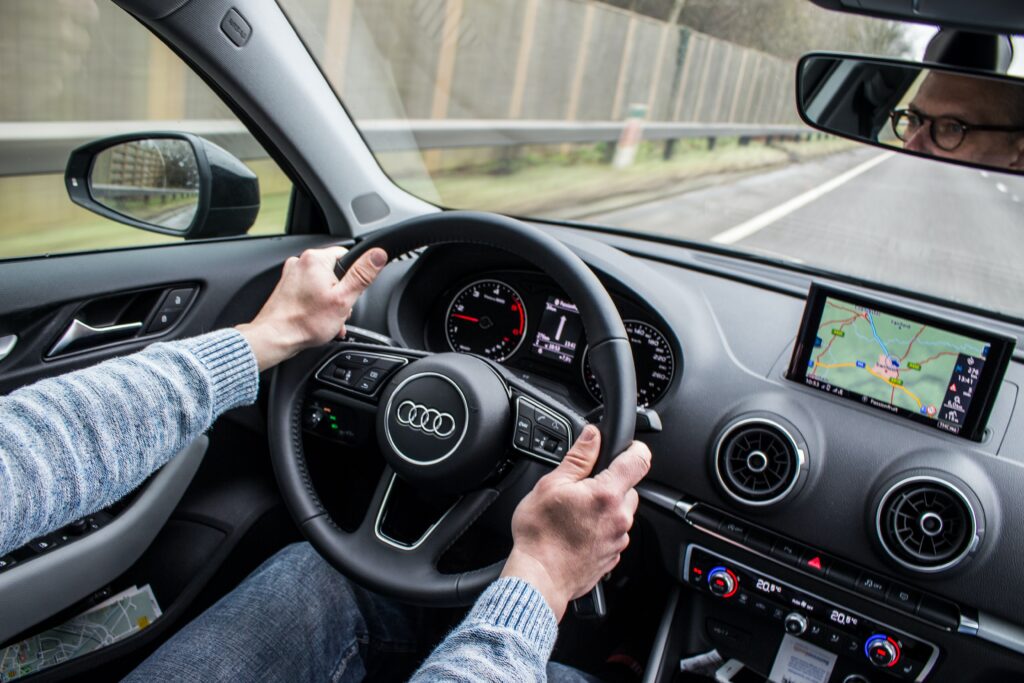Last Updated on April 19, 2024 by Saira Farman
Introduction:
Podcasting can be a great way to grow your business, and with so many people talking about it, it’s hard to go unnoticed. But how do you know if podcasting is the right thing for you? In this article, we’ll take a look at some of the basics of driving a vehicle and see how podcasts could help. We’ll also give you some tips on how to make your podcasting journey more successful.
How to Choose the Right Vehicle for You.
There are a variety of vehicles available on the market today. The most popular types of vehicles include cars, trucks, and SUV’s. To choose the right vehicle for you, it’s important to understand what type of vehicle best suits your needs and budget.
There are three main categories of vehicles: car models, fuel types, and vehicle sizes. Car models include sedans, SUVs, hatchbacks, and sports cars. Sedans are the most common type of vehicle and usually have four or five passengers. SUVs can carry up to seven people and offer more cargo space than cars do. Hatchesback vans typically have two or three rows of seating and are perfect for shorter trips. Sports cars are larger and often require more power to get around town than other types of vehicles. They can seat up to six people in a cockpit-like area called the “driver cabin.”
Fuel types range from gasoline to diesel fuel, with different prices based on location and time of year. You can find information about fuel prices at gas stations or online . Vehicle sizes vary depending on how many people you will be traveling with and what kind of vehicle you want. Most prevalent among these is the van size which typically holds four people or less but can hold larger amounts when necessary such as a large SUV for an extended trip or a smaller truck for carrying goods long distances.
How to Drive a Better Vehicle.
In order to drive a better vehicle, it’s important to understand the specifications of your vehicle. Knowing these details will help you choose the right tyres and driving settings, among other things.
Use the Right Tools to Drive Your Vehicle
The use of the right tools can make or break your driving experience. By using the correct tools, you can improve your overall experience while driving your car. For example, a drivers’ mirror is essential for checking visibility and getting a full view of the road ahead.
Similarly, a good parking space is essential for finding your way around in your car. By using a reverse parking camera or reversing sensors, you’ll be able to park in more efficient ways than ever before.
Use the Right tyres
When choosing tyres, it’s important to consider how they’ll perform on specific roads and surfaces. In addition, make sure that your tyre size is appropriate for the type of terrain and speed you’ll be driving on – choose something that won’t cause too much wear and tear over time!
Use the Right Vehicle Settings
When setting up your vehicle’s settings, it’s also important to follow these guidelines: keep the fuel economy at or near its best; use a hands-free phone charger; use an airbag system when necessary; avoid turning on spoilers or bodywork attractions; etc., as this can negatively affect your performance).
Tips for Driving a Better Vehicle.
If you’re driving, be mindful of the speed and direction you’re traveling. When approaching or passing a stop sign, for example, use your speed and not your direction. Be aware of other drivers as well – always drive defensively and wear a helmet if you feel safe doing so.Visit our website Also learn Reasons for Taking Driving Lessons.
Use thecorrect speed and direction
Driving in the wrong mph or direction can lead to dangerous consequences on the road. For instance, driving at an excessive rate of speed could cause you to hit something or become lost in traffic. In addition, using the incorrect gear might result in a slower car or an accident.
Use a helmet
When driving, always wear a helmet to protect yourself from head injuries and other accidents. Even if you don’t think you will be injured while driving, it’s important that you are familiar with the risks involved in this type of activity and take steps to reduce them.
Conclusion:
Driving a better vehicle can make all the difference in your life. By knowing your vehicle’s specifications and using the right tools to drive it, you can be more safe and efficient on the road. Use common sense when driving, and always wear a helmet while driving. Finally, tips for driving a better vehicle can help you improve your safety as well as get around faster and save money.

